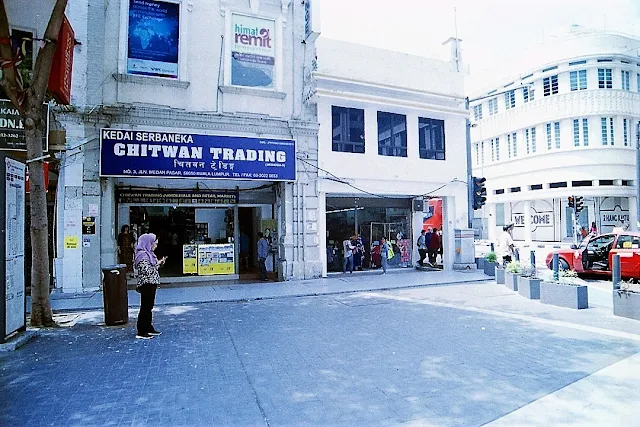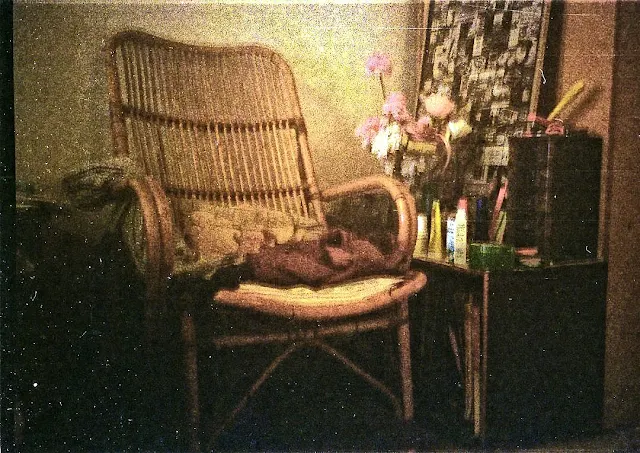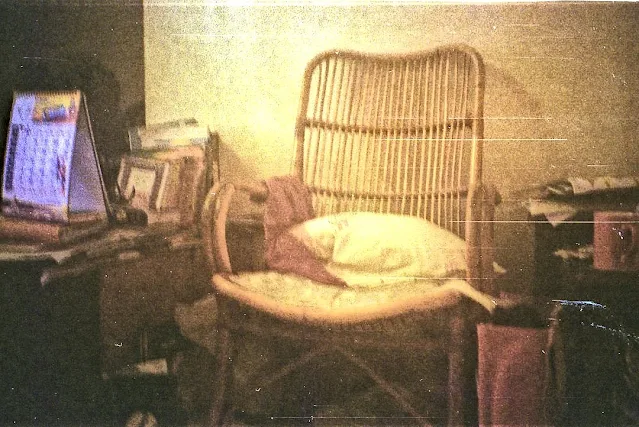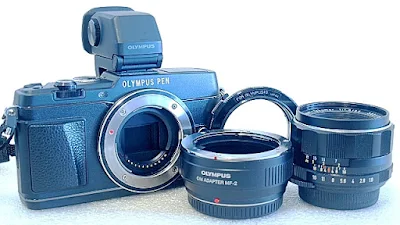My guess on the best part of having an autofocus super-wide-angle fitted to your AE (auto-exposure) SLR film camera, in this case, a Sigma Zoom AF 21-35mm F3.5~4.2 mounted on a Canon EOS 700 QD, is the fact that you can use it just like a plain and simple point-and-shoot camera, or in whatever form or style you fancy.
This includes holding up the camera to your eye for proper framing, hipster style, or by holding the camera away at arm's length while framing the image in guesstimate style. While you might end up having an interesting composition with the last method, it might not work at all either.
The Sigma Zoom AF 21-35mm 1:3.5~4.2, launched in 1985, was a carryover from the highly acknowledged MF version of the world's wide-angle zoom, Sigma Zoom-Gamma 21-35mm F3.5~4 (1979), back when no one was sure if such a lens was possible.
While the camera and lens combo might be a bit of bulk, with a combined weight reaching nearly 1.4kg, it was, nevertheless, fun to use. All you need to do is set the lens to the focal length you want to shoot with, and off you go. Everything else is automatic, even the film rewind at the end of the roll.
Just as well, the Canon EOS 700QD is one of the cameras that comes with a Reversible Selector Dial. Do this by unscrewing the knurled screw of the selector dial, flipping the dial over, and you will have access to the camera's shutter priority mode.










































